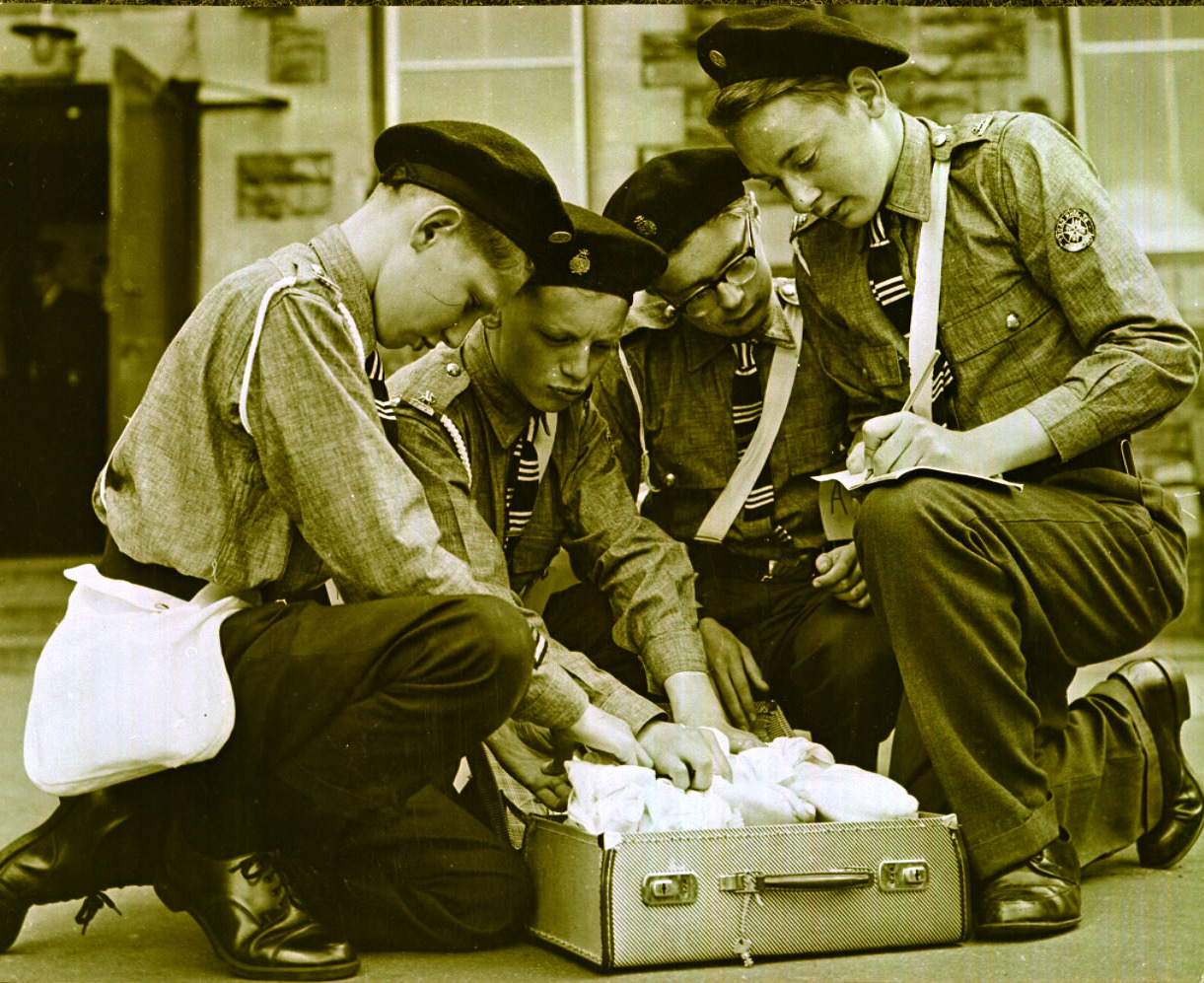Transcript
And finally, and this was a competition I quite enjoyed as well, there was the diagnosis competition. And this relied on having a series of casualties made up and ready and you, as the competitor, went along each casualty one at a time and you had a timed slot with each casualty, I think it was five minutes. And you had two minutes to examine the casualty, speak to the casualty, get the history, find out whatever signs and symptoms that you could and then you had two minutes to write down as much of this as you possibly could and to write at the bottom of the sheet what your diagnosis was. And then I think it was a minute of change over time and then it started again with the next one, so you did your history and signs and symptoms with the next patient, two minutes to write it all down, make a diagnosis, and there would be probably four or five patients that you would do before you got to the end of it. And that was quite a good competition but it relied very much on good acting on the part of the patient, so if the patient or the Cadets, the acting wasn’t always as good as it needed to be to guide you in the right direction to make the correct diagnosis. And it depended as well on good casualty simulation, which it generally was, they had some good adult members who were excellent make-up artists, so they could really get the wounds and everything just nice so that you had something to actually look at and something to examine when you were the competitor.


